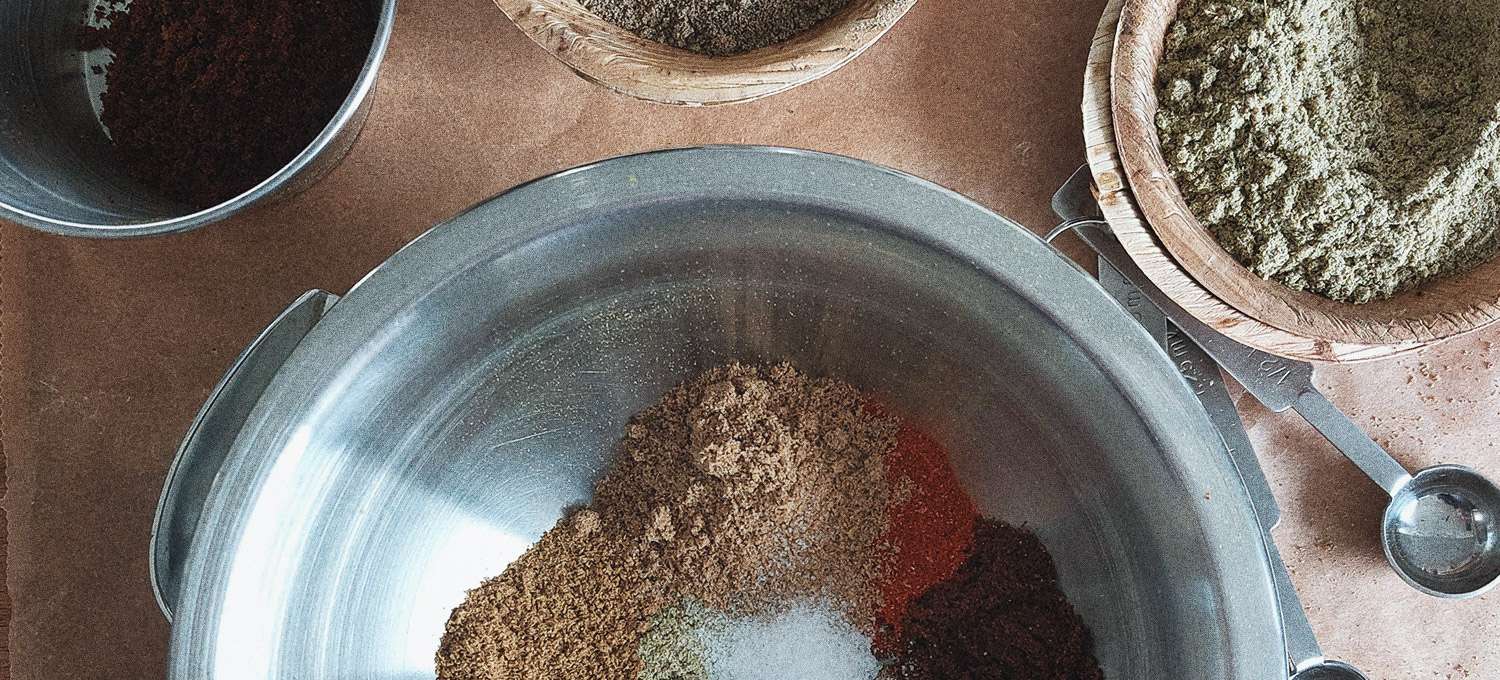Sure, when temperatures drop stews are on top. And Autumn season usually means the start of our beloved one pot meals. But why make stews a seasonal treat? Why not indulge yourself in a year round tradition of cooking a delicious one peat meal once a week? My suggestion would be on Sunday. Sunday stewday. Who’s with me?
It would be human to do since stews haven been made since ancient times. The world’s oldest known evidence of a stew was found in Japan, dating back to the Jomon period. This period is the earliest historical era of Japanese history which began around 14500 BCE and ended around 300 BCE. The name Jomon comes from the style of pottery made during that time. I can imagine these pots were also used for cooking, you guessed it, stews.
If we fastforward the timeline of history to the days of the Scythians (8th to 4th centuries BC), we come across Herodotus. Herodotus (c. 484 – 425/413 BC) was a Greek writer who invented the study we know today as ‘history’. He was both called The Father of History and The Father of Lies. Critics claimed his history writings were nothing more than tales. But it was Herodotus who said that the Scythians put flesh into an animal’s stomach, mixed it with water and boiled it like that over fire. Now, this sounds much like a stew to me. Though I prefer the Jomon pottery above the animal’s stomach to cook in.
In fact, even in the 9th century stews and animal’s stomachs still were a much used combination. No longer for cooking but for transportation. Shepherds in Hungary would pack their sun dried stews in bags made from sheep’s stomachs before setting out with their flocks. Come lunchtime they added some water to turn it into a soup or stew and sat down and counted their sheep. What followed is obvious.
Stews come in all shapes and sizes, but mostly they come in a closed pan over low heat. For stews don’t boil, they simmer. This process tenderizes tougher foods and blends flavours. Some stews are cooked for 7 to 8 hours, but this depends heavily on your ingredients. Meat stews take longer (around 2 hours) to be fork tender than vegetables or beans. But generally, the longer you let your stew simmer, the tastier is gets. And once your stew is done, served and consumed and you have some left, you can properly store it in your refrigerator for 3 to 4 days. And if you want to save some for next Sunday’s Stewday, freeze it.
Stews can be found in almost every cuisine of the world. From Protugal’s cozido to Italy’s bollito misto, from Spain’s paella to France’s cassoulet, to Poland’s bigos to Greece’s stifado to America’s brunswick stew. From India’s paneer butter masala to Indonesia’s saksang. From South Korea’s gopchang jeongol to China’s ginger duck to Ethopia’s misir wat, all the way to Brasil’s feijoada. And, no surprise, the world’s most famous stew is Hungary’s goulash. Come to think of it, I bet you could cook a different stew every Sunday for the whole year and still not have tasted all there is. One happy thought this makes.
Let’s hear it for Sunday Stewday!



